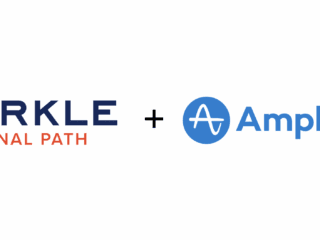Pretty eventful week last week with Google releasing their DNS, statistics on Canadian social media use being released and a cold snap that’s left Vancouver shivering. Youch, it feels cold and it’s only -2… they say we’ll hit -16 next week. Don’t think I’ll bike to work in that.
This week we have whitehat link automation, Google DNS, and the attribution model.
Internet Marketing and SEO
- We’ll start the day off with some social media, specifically Social Media Today’s list of words that may be affecting your popularity.
- Next up, Latent Motion with on of the riskiest sounding link acquisition schemes I’ve heard of. It’s a citation script that places links into copied text. The premise is pretty sound, with it simply adding a citation link with some keywords embedded, but I can see lesser domains getting flooded with site wide links.
Technology
- You might have heard that last week Google released their DNS, claiming to speed up your web speed. Jon Radoff has bench marked the Google DNS and gives the results.
Web Analytics
- Forum One has some nice tips on understanding your websites audience.
- A week without Avinash Kaushik? I think not. This week he’s talking with Out of my Gord about new ways to think about attribution.
Web Usability
- From UXmatters this week, Applying Moore’s Law to User Experience is actually a pretty thoughtful look at the fundamental concepts of GUI’s and user interface design, and a call to change some of our basic computer interfacing.
- From boxes and Arrows, how to quickly evaluate your IA using tree testing.
Miscellaneous links of the week:
- Another Out of my Gord, this time on a topc dear ot my heart. Gord argues that marketers use of metaphor (especially internally) is still stuck a generation back and needs to change as we more forward.
- Finally, Google claims that their new “fade in” feature increases user efficiency. An interesting claim, but more interesting from an analysis perspective where they talk about how initially data showed that the fade slowed users down. After time, however, user efficiency increased. I suppose this is kind of like the halo effect in reverse.













